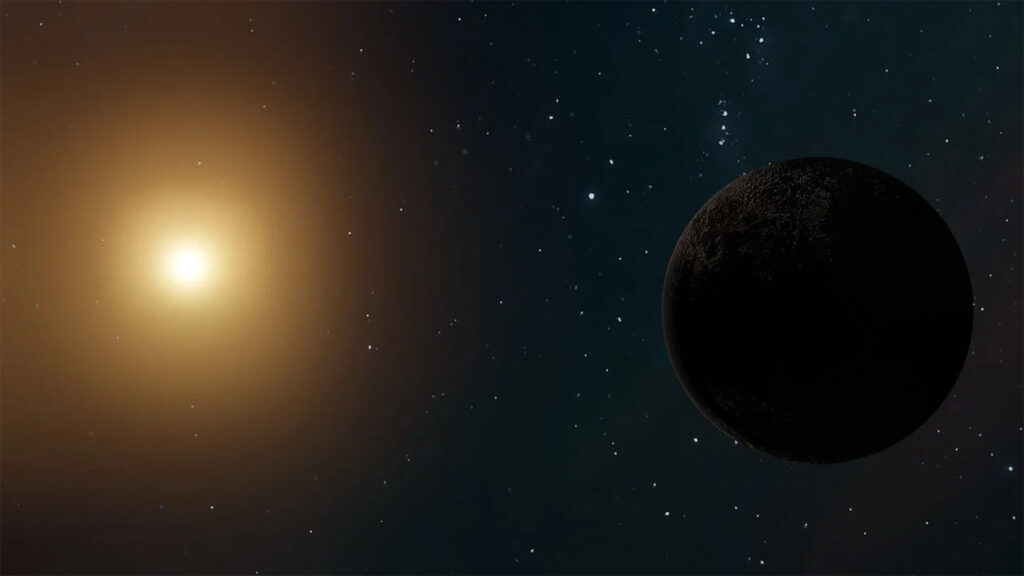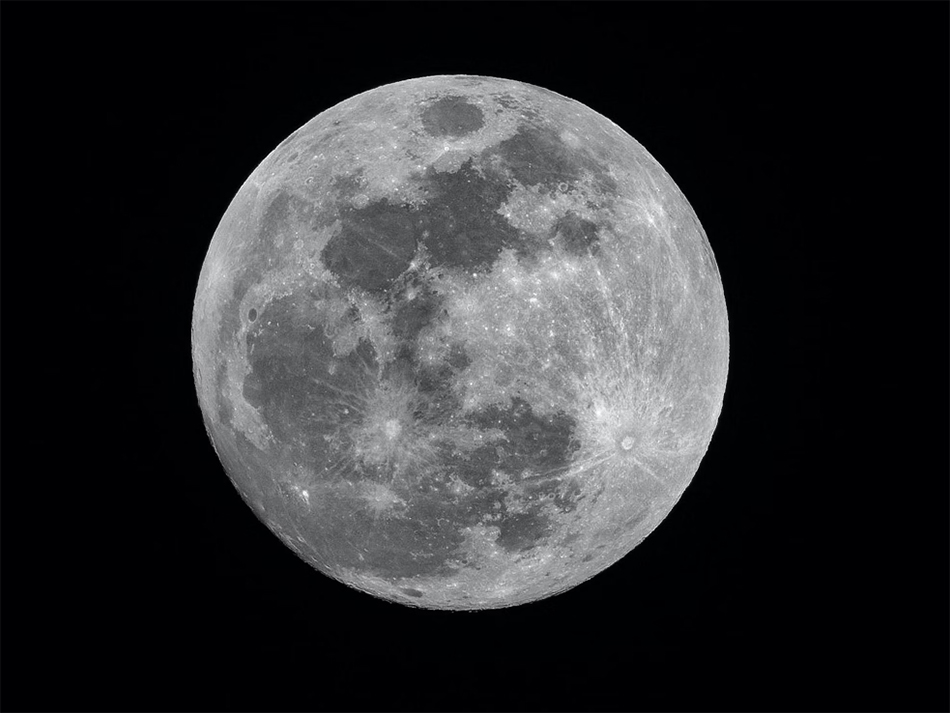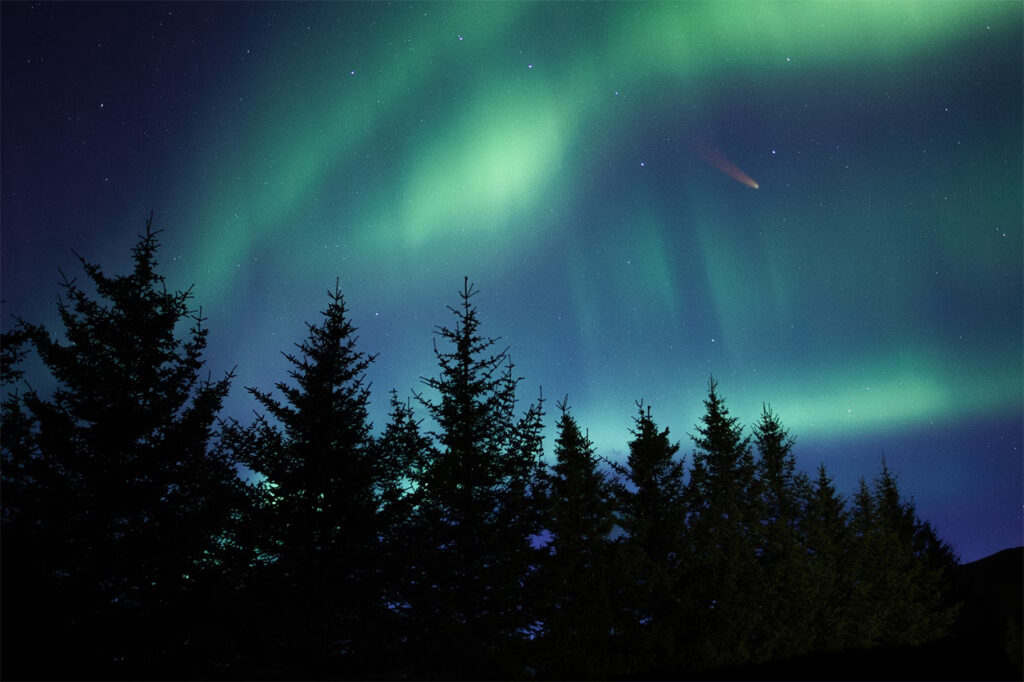Exploring the Hardening of Moon Glass Through Billions of Years of Radiation
The moon has always attracted scientists and mankind in our vast solar system. The surface’s soil-formed glass conceals earlier secrets while calmly witnessing cosmic ballets. Lunar glass is a fascinating product of the moon’s chaotic past, sculpted by meteoroids and cosmic happenings. The Moon glass shows a planet formed by enormous forces, with every particle bearing witness to space’s ceaseless assault. Researchers are finding how this glass, toughened and transformed over billions of years, symbolizes the complex natural processes of space using current scientific tools and careful investigation. This investigation into the moon’s past may alter our understanding of material science, astrobiology, and matter’s persistence in the face of the universe’s immense forces. These findings open up new potential for space study and technology as we approach a new era of lunar exploration, promising to expand our understanding of the universe.
Unveiling the mystery: glass formation on the moon
Lunar glass, distinct from its Earthly counterpart, forms over billions of years due to meteoroid impacts on the moon’s surface. This process, involving intense heat and pressure, transforms lunar regolith into molten material that solidifies into glass. Each particle of this natural glass is a testament to the moon’s dynamic and harsh environment, encapsulating a fragment of lunar history and enduring exposure to solar radiation and cosmic rays.
Deep dive: analyzing lunar glass samples
Researchers have conducted a meticulous analysis of lunar glass samples, brought back by China’s Chang’e-5 lunar lander, using transmission electron microscopy. This examination has provided insights into the structural intricacies of these tiny fragments, revealing significant effects of prolonged exposure to radiation and cosmic forces. By testing the resilience and hardness of these samples, scientists have gained a deeper understanding of the environmental conditions and transformative processes that have shaped the moon’s surface over time.
Revelations: effects of radiation over eons
The study found that the lunar glass underwent significant transformation due to billions of years of cosmic radiation and solar rays. Notably, there were major changes in properties like Young’s modulus, indicating up to a 70% variation in material stiffness. These alterations highlight the extent to which extraterrestrial environments can impact material properties, providing a unique perspective on space weathering effects on celestial bodies.
Implications and future directions in lunar research
These revelations about lunar glass open new avenues in lunar research and space material science. They underscore the importance of understanding how extraterrestrial materials evolve over geological timescales, informing future lunar missions and the design of spacecraft and habitats. Additionally, these insights are valuable for astrobiology, shedding light on the potential survival and transformation of organic compounds in space. This research marks the beginning of a new era in uncovering the moon’s secrets, with implications for both lunar geology and potential resource utilization, heralding a future rich in space science discoveries.
The study of lunar glass, a quiet record of the moon’s violent past, gives fresh insights on the durability and metamorphism of materials under cosmic pressures. The detailed research and better analysis of lunar glass samples by Chang’e-5 have increased our understanding of the moon’s geological history and shown the impact of billions of years of radiation. Changes in Young’s modulus demonstrate how foreign environments may alter features. These findings have implications for material science, astrobiology, and space mission design in addition to lunar exploration. This research promises to increase our understanding of the universe and extend our use of space resources as we approach a new era in space travel. Thus, lunar glass serves as a roadmap for future scientific investigations of space as well as a window into the moon’s history.


